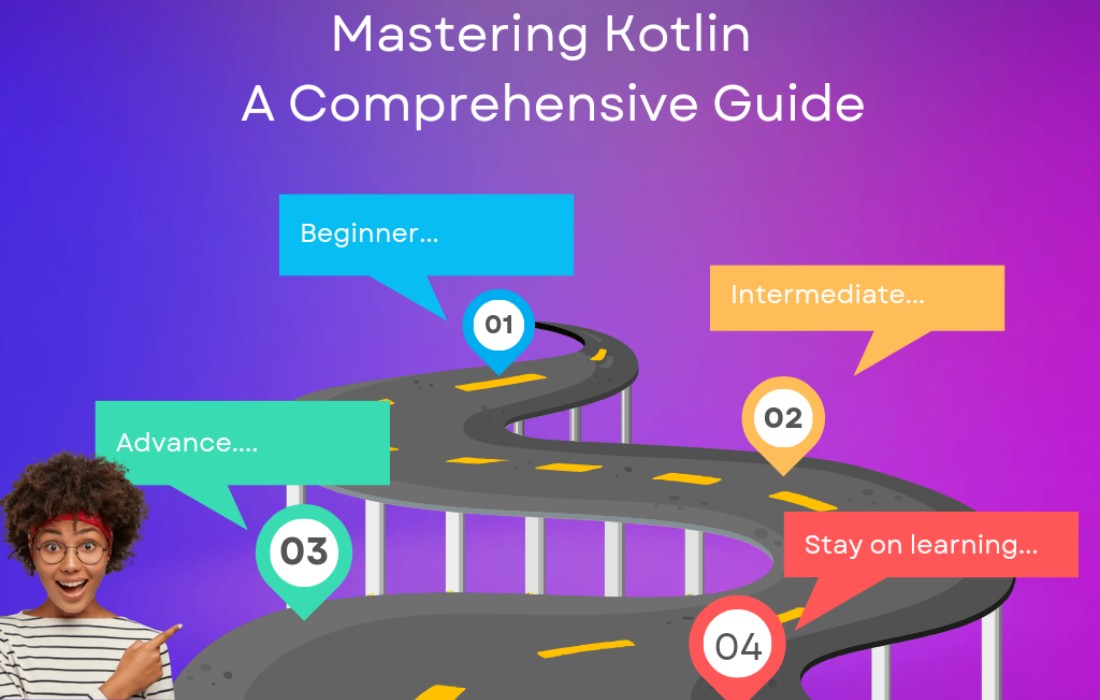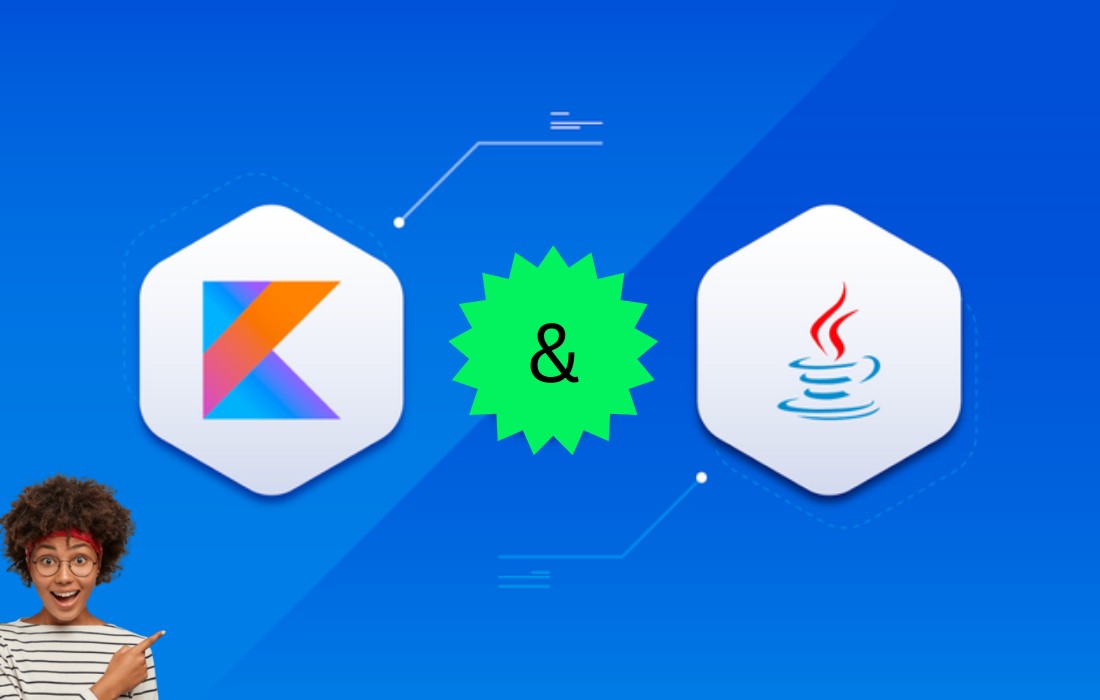Introduction
Kotlin, a statically typed programming language designed to fully integrate with Java, has quickly become a favorite in the developer community—especially in Android app development. Since its release, Kotlin has seen significant growth, evolving to meet the needs of modern developers. The Kotlin team has consistently rolled out new features and improvements, making it one of the most versatile and efficient languages for both JVM-based applications and beyond.
In this blog, we’ll take a deep dive into the key features introduced in Kotlin versions 1.3 and 1.4, explore what’s new in Kotlin 2.0, and look ahead to how Kotlin is continuing to evolve. If you’re a developer looking to understand Kotlin’s evolution or are curious about adopting Kotlin in your projects, this post will guide you through the major changes.
Key Features Introduced in Kotlin 1.3
Released in November 2018, Kotlin 1.3 introduced several game-changing features that helped shape the language into what it is today. While some of these features were more experimental, others directly improved performance and ease of use. Here are the key updates from Kotlin 1.3:
1. Enhanced when Syntax
Kotlin 1.3 introduced the ability to declare variables within when expressions, allowing developers to store the value being matched. This improves debugging and adds flexibility when writing conditional statements:
2. JVM Interoperability Improvements
Kotlin 1.3 made significant improvements to its interoperability with Java, particularly with companion objects. By using @JvmField and @JvmStatic annotations, Kotlin properties and functions can now be accessed as static members from Java:
3. Introduction of Inline Classes
This feature allows developers to create lightweight wrappers around values without adding the overhead of object creation. Inline classes can improve performance, but they were still in an alpha state in Kotlin 1.3:
4. Contracts for Smarter Smart Casts
Kotlin 1.3 introduced the concept of contracts to enhance the smart casting feature. Contracts allow developers to define specific conditions under which smarter type inference occurs, making it easier to work with complex types.
5. Support for Unsigned Integer Types
Kotlin 1.3 introduced support for unsigned integer types (UInt, ULong, etc.), offering better handling of numeric types in certain scenarios. These types were still in beta at the time, but they opened up new possibilities for developers.
Significant Enhancements in Kotlin 1.4
Released in August 2020, Kotlin 1.4 brought some substantial improvements aimed at making the language more practical and convenient for developers. Below are some of the most notable additions in Kotlin 1.4:
1. Exception Handling Changes
Kotlin 1.4 made changes to how exceptions, particularly NullPointerException, are thrown. Now, Kotlin consistently throws NullPointerException in cases where null references are dereferenced, which helps eliminate inconsistency in exception handling:
2. Trailing Commas
Kotlin 1.4 introduced support for trailing commas, which allows developers to write cleaner code when defining collections, function parameters, and more:
3. Mixed Named and Positional Parameters
The ability to use named and positional parameters in any order makes Kotlin function calls more flexible. This improves code readability and helps avoid mistakes when passing arguments:
4. Functional Interfaces (SAM Interfaces)
Kotlin 1.4 made it possible to work with Single Abstract Method (SAM) interfaces in a more streamlined way. This feature enhances Kotlin’s support for functional programming by allowing developers to define and use functional interfaces more effectively:
5. Explicit API Mode
Kotlin 1.4 introduced Explicit API Mode, which helps library developers ensure that their public APIs are intentional, documented, and easy to use. This feature enhances clarity, reduces misuse, and improves the overall quality of Kotlin libraries.
The Future of Kotlin: What’s Coming in Kotlin 2.0
With Kotlin 2.0 on the horizon, we can expect even more groundbreaking features and improvements. Some anticipated updates include:
1. Kotlin Multiplatform: Expanding beyond JVM-based applications, Kotlin 2.0 will focus on enhancing the Kotlin Multiplatform (KMP) capabilities, making it easier to write code that runs on various platforms, such as iOS, Android, web, and native applications.
2. Performance Improvements: Kotlin 2.0 will likely continue the trend of optimizing performance, especially in areas like compilation speed, memory usage, and runtime efficiency.
3. Improved Null Safety: Kotlin has always emphasized null safety, and future versions will likely introduce even more powerful tools for handling nullable types, including deeper compiler support for ensuring type safety across different platforms.
4. Simplified Syntax: Kotlin’s syntax has always been concise and readable, and future versions will likely refine it even further. This could include reducing boilerplate code, offering more advanced pattern matching, and integrating more functional programming paradigms.
Conclusion
Kotlin has undergone tremendous growth over the past few years, with each version introducing features that cater to developers’ needs. From enhanced JVM interoperability to powerful new syntax improvements, Kotlin continues to evolve to make development faster and more efficient. The future looks even brighter with the expected release of Kotlin 2.0, which will likely push the boundaries of language versatility and platform support.
As a developer, staying up to date with these changes is crucial for maintaining best practices and optimizing your code. Whether you’re just getting started with Kotlin or are a seasoned developer, mastering these new features will help you write more concise, expressive, and efficient code.
Happy coding with Kotlin!
This blog has provided an in-depth overview of Kotlin’s evolution, from versions 1.3 and 1.4 to the exciting potential of Kotlin 2.0. Understanding these changes will help developers continue to take full advantage of Kotlin’s capabilities in their projects, whether building mobile apps, backend systems, or cross-platform solutions.












